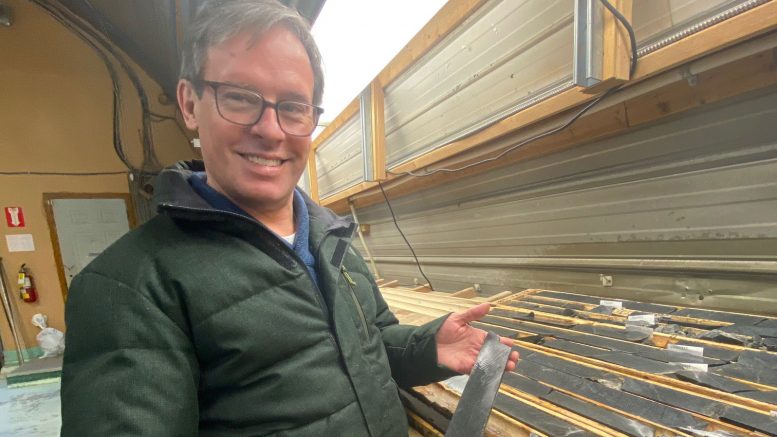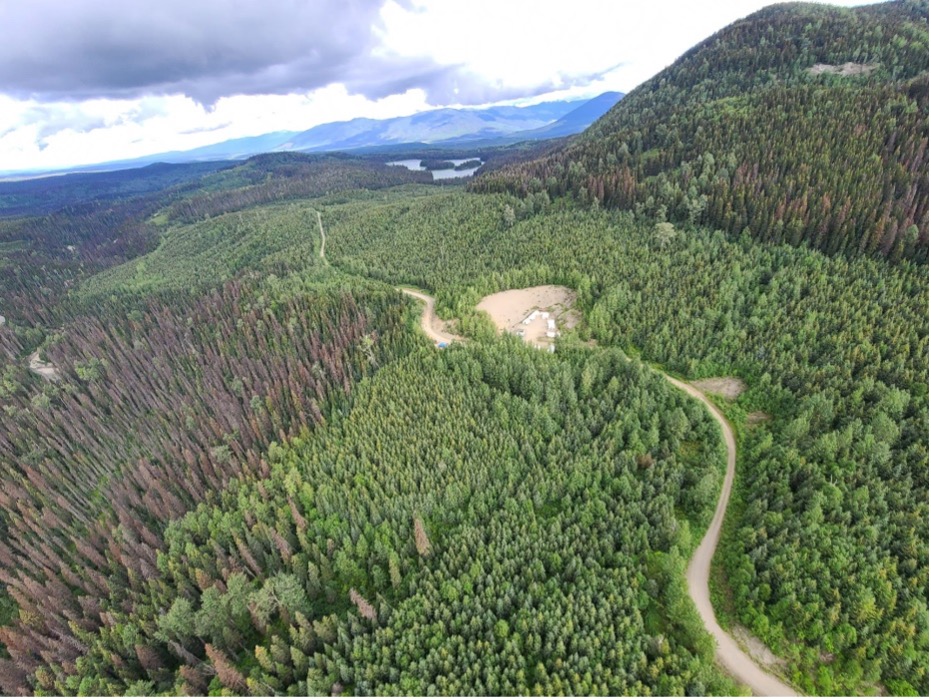Canada Nickel updates resource at Crawford

Canada Nickel (TSXV: CNC; US-OTC: CNIKF) has grown its Crawford nickel-cobalt sulphide project near Timmins in Ontario.
In an updated resource estimate released today, total measured and indicate resources now stand at 657 million tonnes grading 0.26% nickel for 1.7 million tonnes of contained nickel, a 9% increase from the previous estimate, while inferred resources jumped by 121% to 646 million tonnes grading 0.24% nickel for 1.6 million tonnes of the metal.
The latest resource includes the previously reported Main zone and an initial resource for the East zone, which the company discovered in May.
Selby says Crawford, 20 km north of Glencore’s Kidd base metal mine, has similarities with the Dumont project in Quebec’s Abitibi region
Breaking the resource down, Canada Nickel said the Main zone’s higher grade portion in the measured category jumped 162% to 153 million tonnes averaging 0.32% nickel for 485,000 tonnes of nickel, and the initial inferred resource for the East zone totalled 213 million tonnes at 0.24% nickel for 505,000 tonnes of nickel.
The Main zone remains open to the west and the East zone has more than 2.8 km of straight length (40%) remaining to be drilled.
“The latest drilling phase did an outstanding job of delivering on both of its key objectives –better defining and increasing the Main higher grade zone and establishing an initial resource in the East zone,” Mark Selby, the company’s president and CEO, stated in a press release, noting the new resource puts the company in a good position to complete a preliminary economic assessment of the project before the end of the year.
Selby also said Canada Nickel is “well-positioned to aggressively advance Crawford towards a feasibility study expected by year-end 2021.”
The company closed the second tranche of a bought deal financing of C$5 million flow-through shares on Oct. 14, issuing 2.95 million common flow-through shares at a price of C$1.70.
Selby says Crawford, 20 km north of Glencore’s Kidd base metal mine, has similarities with the Dumont project in Quebec’s Abitibi region. Dumont is one of the world’s largest undeveloped nickel sulphide deposits containing about 6.1 billion pounds of nickel in proven and probable reserves.
According to Selby, both Dumont and Crawford sit in what was the bottom of Lake Ojibway, a glacial lake that existed between 10,000 and 20,000 years ago. In addition, both Crawford and Dumont contain the same nickel-bearing minerals — pentlandite, heazlewoodite and awaruite.
At presstime in Toronto the junior was trading at C$2.12 per share within a 52-week trading range of 38¢ and $3.00.
Canada Nickel has about 80 million common shares outstanding for a market cap of about C$169 million.
(This article first appeared in The Northern Miner on October 21)
{{ commodity.name }}
{{ post.title }}
{{ post.date }}


Comments